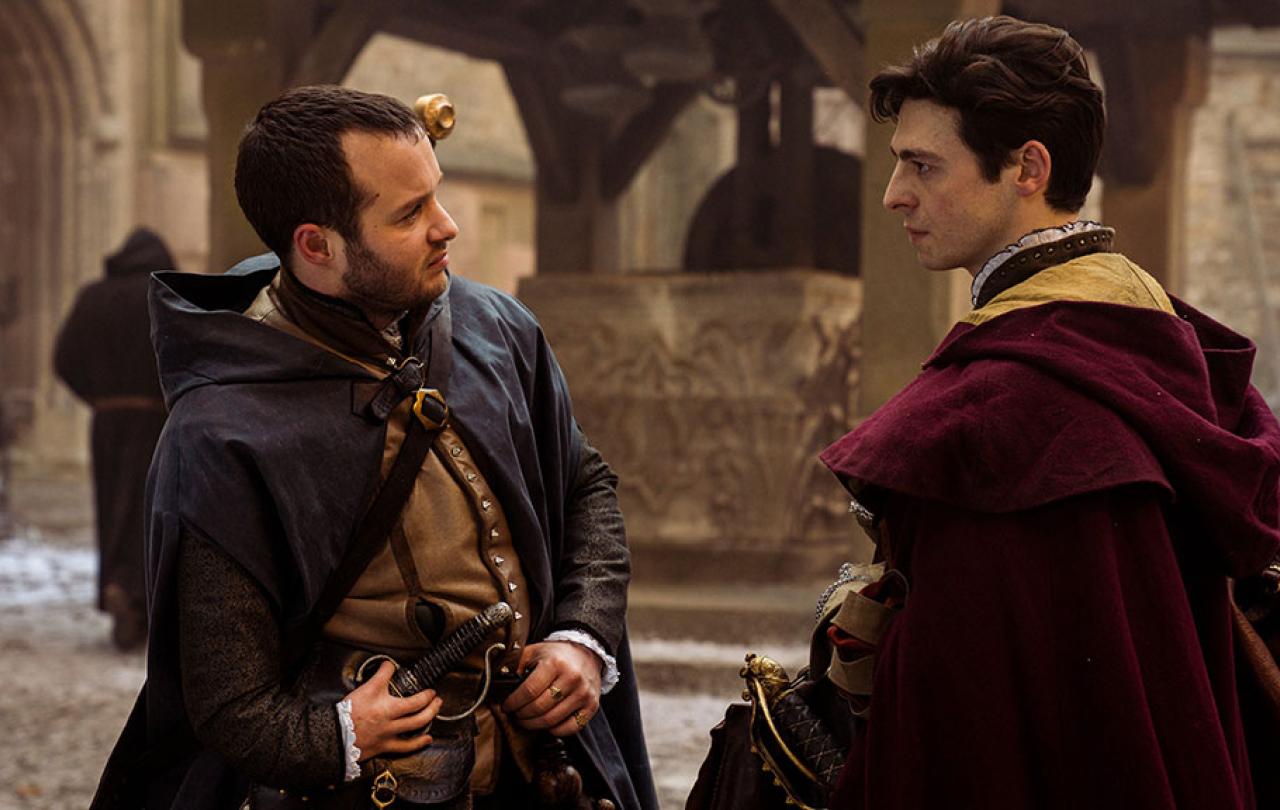Listen now
Helen Lewis is a journalist, broadcaster and staff writer for The Atlantic. She is the author of Difficult Women: A History of Feminism in 11 Fights and has been writing and speaking about feminism, gender, and the culture wars for several years... and occasionally gets caught up in them herself, including a viral interview with Jordan Peterson for GQ.
Justin and Belle chat to Helen about the religious instincts that seems to underlie secular activism on both the left and right, and whether she sees any way forward in re-enchanting feminism and the culture wars of our day.
For more about Helen Lewis visit her website.
There’s more to life than the world we can see. Re-Enchanting is a podcast from Seen & Unseen recorded at Lambeth Palace Library, the home of the Centre for Cultural Witness. Justin Brierley and Belle Tindall engage faith and spirituality with leading figures in science, history, politics, art and education. Can our culture be re-enchanted by the vision of Christianity?





